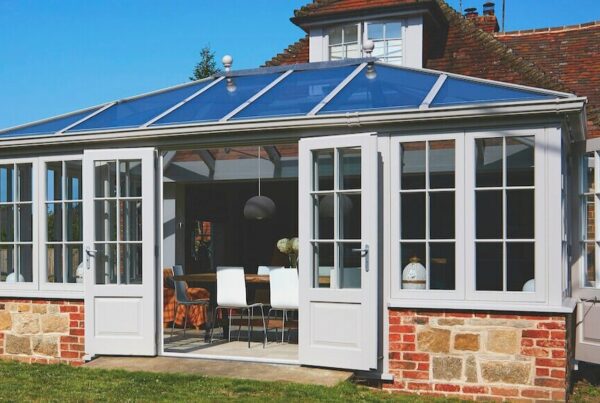When you are making serious steps towards adding a conservatory to your house, it’s easy to get lost in the thoughts of its design, how it will function, and the overall benefits it will provide.
First, however, you mustn’t overlook one important aspect: conservatory planning permission.
If you decide to go forward and complete a building project without planning permission, this could lead to serious ramifications. One example is if your new structure fails to meet regulations. If this happens, there’s the possibility you’ll need to demolish the structure – and all of the cost lies on you. Also, selling your home if regulations and planning permission approval hasn’t been achieved will be difficult.
However, is this the case with a conservatory? And do you need planning permission?
Well, the answer, for the most part, is ‘No’. However, if you meet certain conditions, you can avoid planning permission. Building regulation approval is still required, of course, but conservatories are seen as permitted developments.
This is thanks to building regulations for modern conservatories being relaxed in England. However, even if you believe you meet all conditions, you still need to check with your local council if planning permission is necessary.
 What conservatory builds avoid planning permission?
What conservatory builds avoid planning permission?
As the leading conservatory design Surrey company, we will always craft designs for planning permission regulations. Yet, in what ways can you avoid needing to go the planning permission route?
If your house is terraced or semi-detached, the size limit is currently six metres. A detached house can extend to eight metres. The height limit for both is four metres, although families can install a two-storey conservatory.
There are other conditions you need to meet when installing a conservatory. The structure cannot cover over 50% of the garden. The top point of the conservatory roof cannot be higher than the eaves of your home’s roof. Also, side extensions cannot go beyond 50% of the house’s width.
Another essential point is considering your neighbours and their living space. Your conservatory cannot negatively impact their space. The reason is that under the ‘Neighbour Consultation Scheme’, they can raise objections to your extension. If this happens, it can lead to significant delays in your project.
What is the wait time for approval?
If planning permission is necessary, the sad news is you will have to put your conservatory dream on hold.
The first step you need to complete a relevant application form. This will include floor plans and details which describe the conservatory plan in full. A fee will also need to be paid to cover administrative costs. After this, you will typically have to wait two months for a decision from your local council.
What happens if the planning permission is denied?
You can discuss what changes need to be made and submit amended designs. Alternatively, you can appeal against the decision.


 What conservatory builds avoid planning permission?
What conservatory builds avoid planning permission?

